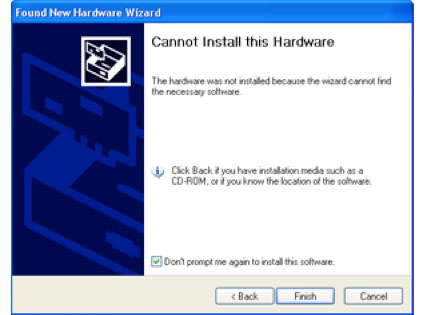

- TOMTOM DRIVERS FOR WINDOWS 7 HOW TO
- TOMTOM DRIVERS FOR WINDOWS 7 INSTALL
- TOMTOM DRIVERS FOR WINDOWS 7 UPDATE
- TOMTOM DRIVERS FOR WINDOWS 7 SOFTWARE
The only driver update we can recommend is Intel Driver & Support Assistant. We strongly recommend you avoid various third-party driver finders and driver updaters because many of them are scammy and some are even downright dangerous.
TOMTOM DRIVERS FOR WINDOWS 7 INSTALL
If a newer chipset driver is available, download it to your computer and install it just like any other driver. If you haven’t done so in a while, you should check whether you’re using the latest chipset drivers available by going to the official website of the manufacturer of your motherboard. Just like all other hardware devices, your motherboard requires drivers to work correctly. Select the drop-down menu and then select disabled.įix 6: Install the Latest Chipset Drivers for Your Motherboard.Expand the USB selective suspend settings group.Click Change plan settings and then select Change advanced power settings.If you’re using an older version of Windows, open the Start menu, type power sleep in the Start Search box, and then click Change when the computer sleeps. Open the Settings app and go to System > Power & sleep > Additional power settings.The good news is that disabling this feature is easy: In some situations, this setting may cause problems with devices not showing up, especially when the last USB device malfunctioned in Windows 10/8/7. To preserve battery power and prolong the lifespan of some USB device, the Windows operating system is automatically powering them down after they haven’t been in use for a certain amount of time. Right-click on your USB device and select the Uninstall device option.įix 5: Disable the USB Selective Suspend Setting.


If the issue persists, then the next step is to connect the USB device to a different computer to rule out a more serious hardware issue. The good news is that your computer most likely has more than one USB port, so go ahead and see if it works any better. Fix 2: Try a Different USB Port and/or Machineīroken USB cables and messed-up USB ports are to blame for many issues with USB devices not being recognized properly in Windows 10/8/7. Important software, such as USB drivers, then automatically reopens once your computer is done booting up, leaving you with a clean slate. This simple fix is so effective because restarting your computer forces all applications to close, stopping misbehaving applications from running and causing trouble. There’s a chance that the USB error will be gone. Have you tried turning it off and on again? Seriously, have you? If not, then go ahead and restart your computer right now.

You can apply them in the order we present them or use the table above to focus on the fixes that are most likely to deliver the desired results. Listed below are 10 USB not detected fixes that you can try to repair a USB device that has decided to stop showing up.
TOMTOM DRIVERS FOR WINDOWS 7 HOW TO
How to Fix the “USB Device Not Recognized” Error System damage: A user error, malware infection, or hard drive corruption are just three common causes of system damage, which commonly manifests itself with erratic behavior and unexpected error messages. ► Install the Latest Chipset Drivers for Your Motherboard
TOMTOM DRIVERS FOR WINDOWS 7 SOFTWARE
► Try a Different USB Port and/or Machineįaulty drivers: Drivers are basically software applications whose purpose control the devices attached to your computer, so it’s paramount for them to work correctly. Hardware error: USB devices are not immune to hardware errors, which may cause them to behave erratically and stop being reliable.Ĭonfiguration issues: For your computer and all devices connected to it to work properly, you need to eliminate configuration issues at the OS and device levels.Ĭonnectivity problems: When USB devices work correctly, then can transfer hundreds of MB every second, but a single damaged wire is all it takes for them to stop working completely.


 0 kommentar(er)
0 kommentar(er)
